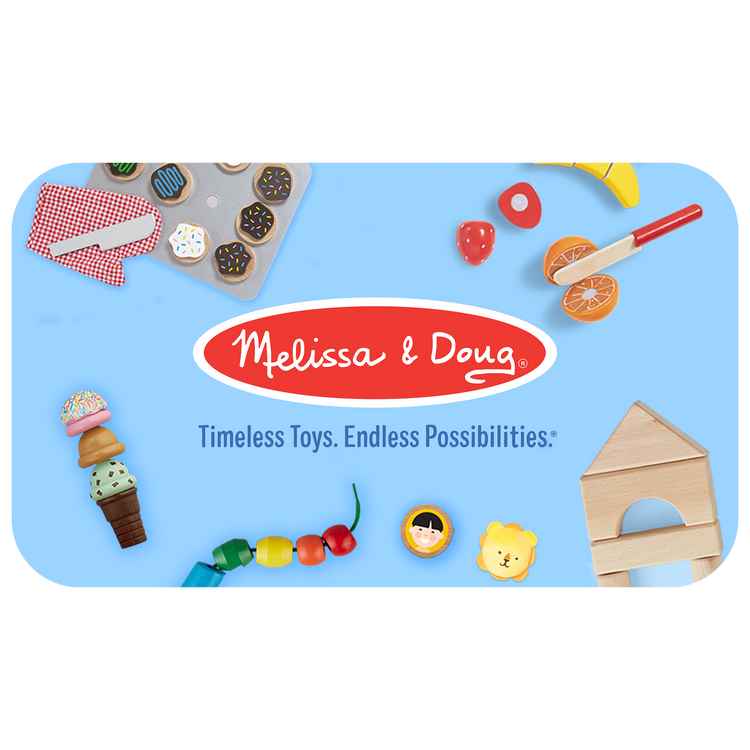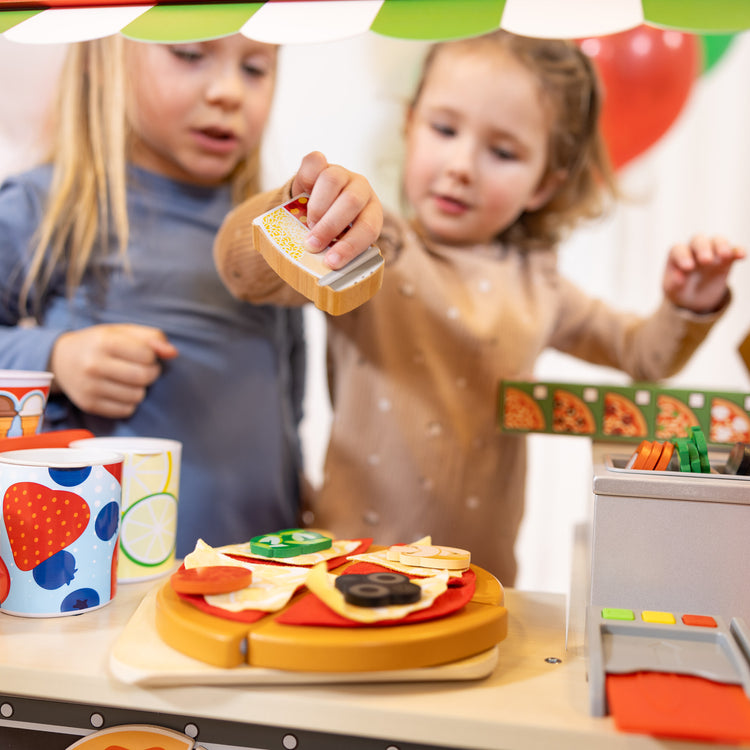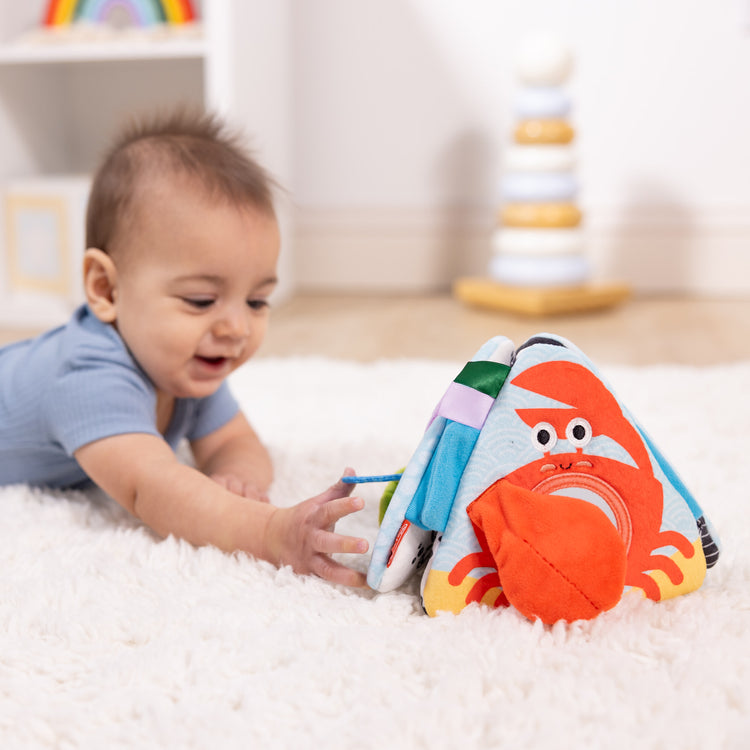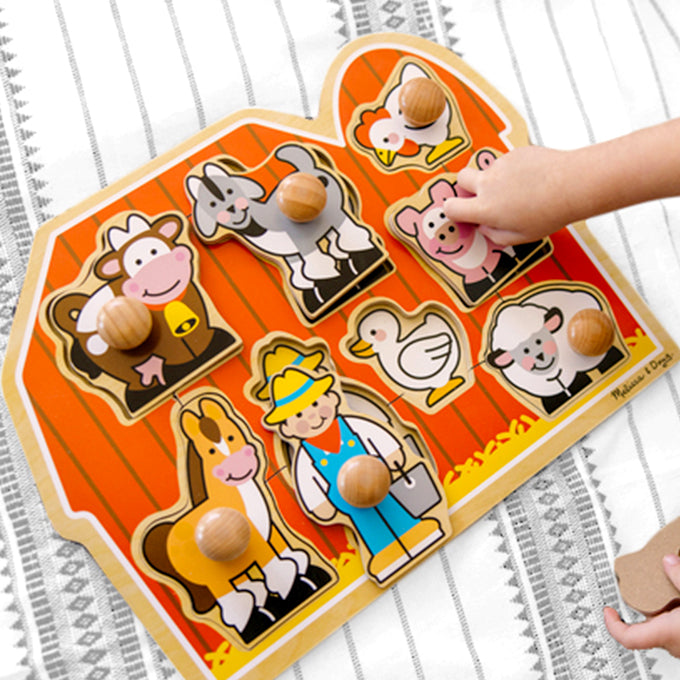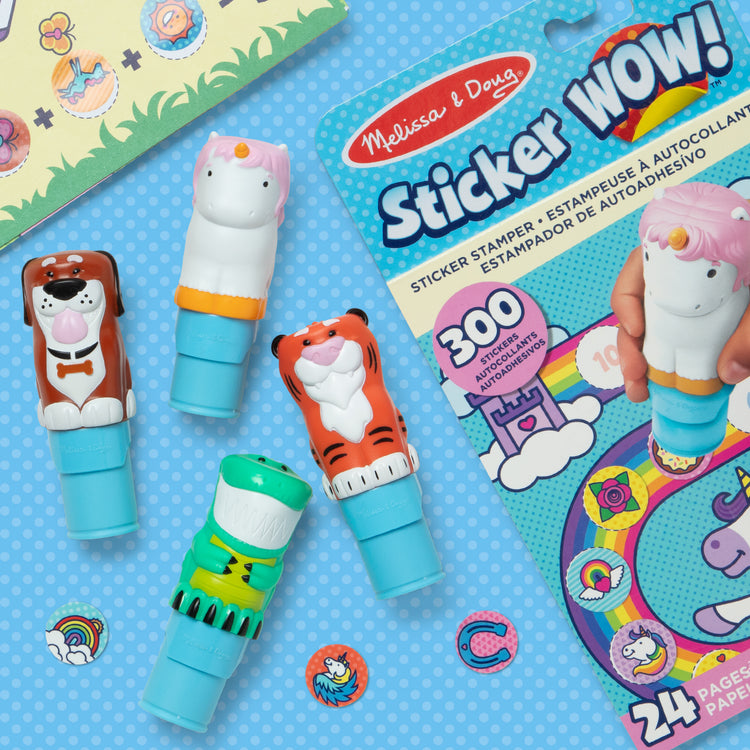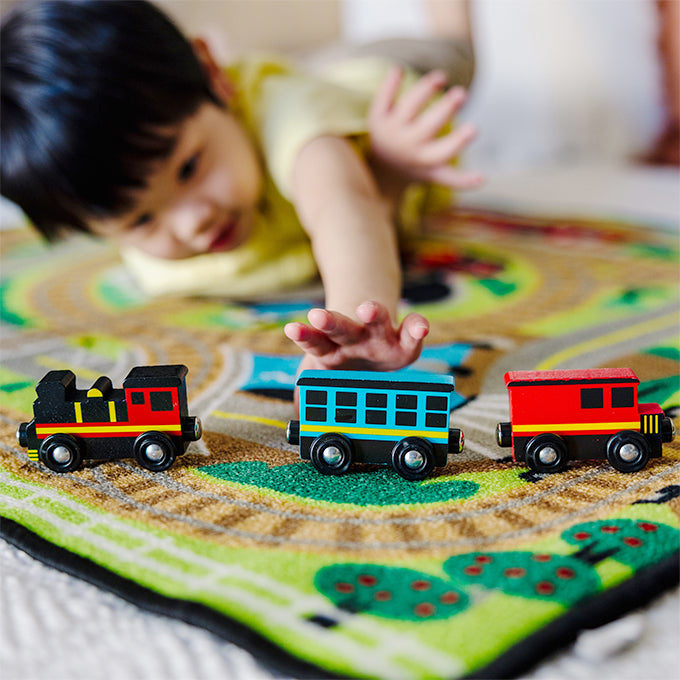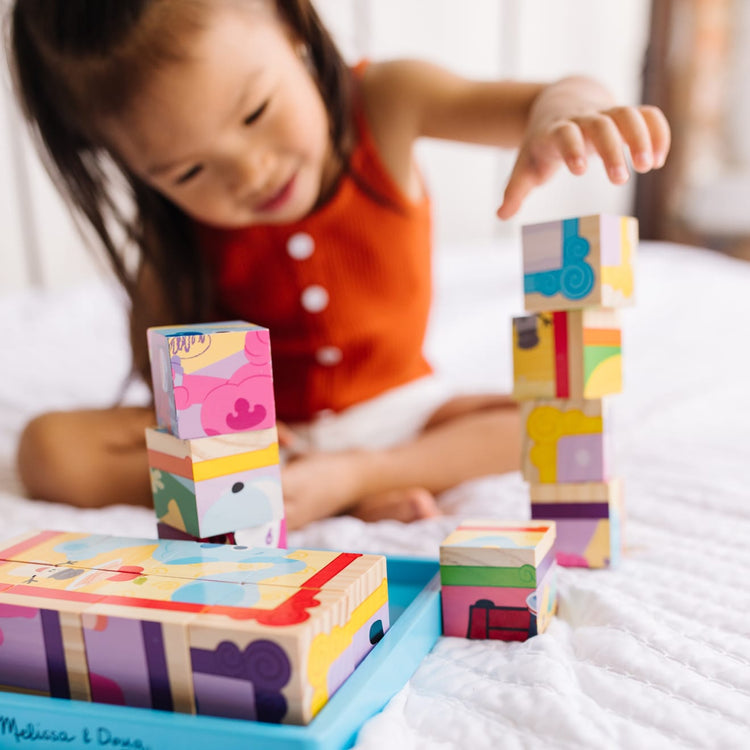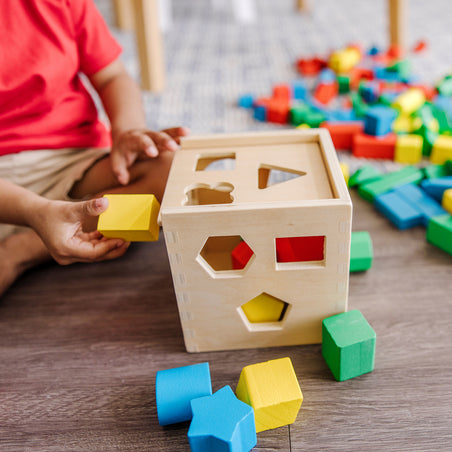One of the hardest things about parenting is knowing when to let your child struggle through a problem on their own versus jump in and solve it for them. Sometimes you’re in a rush (“I just need to get out the door — let me tie those shoelaces for you already!”) — and other times it’s hard to watch your children stumble or fail.
However, the friction of struggling with, and eventually mastering everyday problems — from figuring out a puzzle to handling big emotions — is super important for children’s well-being. We want them to have a sense that they can handle new or challenging experiences, especially if they’ve grown up in the COVID era when they stay at home in their comfort zone a lot!
How can you help kids have a “can-do” mindset, where they approach exploration and challenge with curiosity and persistence? How do we get them to stop relying on us caregivers for reminders, prompts, or doing things for them?
3 Ways Play Can Help You Raise a Problem Solver
Play is the best thing we can do to support problem-solving, even as young as the infant and toddler years. Here are a few ways to think about it:
-
See one, do one: Children learn problem-solving through imitation and copying us. The more we can demonstrate how to solve problems — whether it’s through showing them how to use a shape sorter, or talking out loud about how we are handling frustration (“ok, I’m looking for my keys, not going to freak out, I’ll just retract my steps”) — they will naturally pick up on this.
-
Recognize your micromanager tendencies. In this productivity-centered world, we can over-focus on getting things done instead of the process of doing them. Play is all about the process, about messing up and discovering new approaches and workarounds. Over-focusing on the product or outcome can lead to children being perfectionists. If we let them know that mess is part of the journey, this will help build the mindset that they enjoy the challenge, not just the gold star or ribbon that they may get at the end. For example, when you’re doing an art or craft project, resist the temptation to fix your child’s “happy accidents,” and instead hang back and observe what your child decides to do with them.

-
Scaffold, but also create some white space. Scaffolding is the idea that you help your child do things that they couldn’t do on their own — through hints or setting them up for success (like when I lay out my 9-year-old’s lunch bag and sandwich stuff, but don’t make it for him). However, in my clinical work I often see that parents of young children are trying to anticipate what their child needs and do it for them. Knowing what your child needs is part of being a sensitive parent, but it can mean the child isn’t given the opportunity to do it themselves. I coach parents to hang back — create an awkward pause or intentional ambiguity (“I’m looking for a puzzle piece with a straight edge” instead of handing them the puzzle piece) so that the child needs to figure out what to do next. This “white space” gives the child agency to do things that you might do for them without even thinking about it.
All of these aspects of play are really human and fluid, so although I’ve given some examples here, remember that there is no perfect, proscriptive way to do it. Your child may not know what to do, or even struggle a bit when you give them the space to figure things out on their own, but remember that a little friction is good and will help kids be more natural problem solvers!

